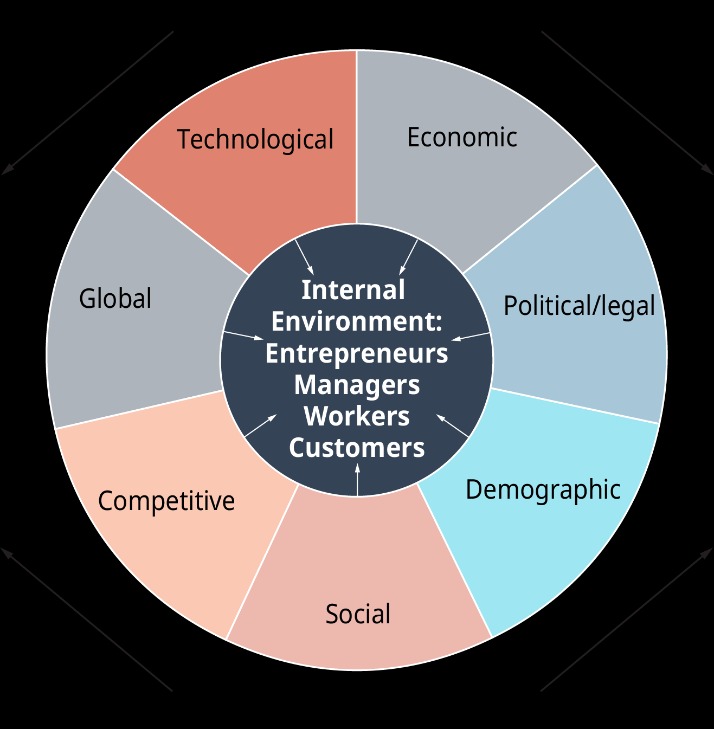
In this article, we’ll provide a complete guide on the best practices to help you attract more visitors and make the most out of your site. Once you get this mindset, designing the entire web layout will be easy. Once again, it all ties back to our first guideline, simplicity. Make your CTA elements prominent in the visual hierarchy, but not intrusive or distracting like many click-through ads tend to be. While you yourself know what all of your interactive page elements do, the same can’t be said for a new user. In the same way, you can craft a memorable experience while meeting user expectations.
Make sure your website is mobile-responsive
- You want to ensure that you’re setting up pages in a way that provides a fantastic user experience for your audience.
- If that’s the case, it’s time you revise your search engine optimization (SEO) practices.
- For example, if you have a video with text floated beside it, at some point the text beside will get too narrow and it’s better to drop it underneath.
- The cards are images or symbols with optional short text captions that lead the reader to more detail-intensive pages with one click.
The character ensures that any of the brand’s content is instantly recognizable as no other brand can use this design. The website may also start to remove content, move it to the bottom of the screen, or shrink links into dropdown menus when in a narrower aspect ratio. Your visual hierarchy and navigation play a big part in pushing people to this goal, but your call-to-action (CTA) is where you convince them to take the next step. Sticky navigation menus help people browse your site by ensuring they always have access to your main navigation menu.

Regular updates ensure that your content reflects the latest information and trends, while feedback from visitors helps you identify areas for improvement. By combining high-quality content with effective SEO strategies, you can create a website that attracts and retains visitors while ranking well in search engine results. If your website has a lot of content, consider using dropdown menus, search bars, or categorized sections to help users find information more efficiently. A well-structured typographic system enhances usability and ensures that users can easily skim through content without effort. Balancing your unique flair with familiar web design patterns ensures that users feel right at home, even as they discover everything that makes your brand stand out.
The last item on our website best practices checklist is to optimize your website for search engines. You’ll want to invest in search engine optimization (SEO) to help your site rank in search results. Integrating all these high-quality images can cause your site’s load time to suffer. Users expect your website to load within two seconds, so if it doesn’t, you risk losing leads.
What are Website Design Guidelines?
Discover essential guidelines to create modern, responsive, and user-friendly websites. The concept of page fold remains crucial for homepages, despite the many available screen sizes and the ubiquity of responsive design. The fold — the area of the page visible without scrolling — is pivotal because users are inclined to scroll further only if what’s displayed above the fold captures their interest.
What are the 7cs of website design?
The 7C’s of Website Design stand for Creativity, Consistency, Clarity, Content, Continuity, Compatibility and Customisation. These 7 steps provide you with a foolproof process for creating the best website design for your business.

When visitors click or hover over certain sections, a drop-down menu containing a list of more specific categories will appear. This type of menu navigation features a sidebar containing a list of links to specific pages. According to the proximity principle, people perceive items near each other as belonging to the same group. If items are grouped incorrectly, visitors will have difficulty understanding your site’s structure and where to direct their attention. This pattern is ideal for designing pages with minimal copy and design elements, such as landing pages.
It starts with clean, efficient code that keeps browsers running smoothly. Divi’s visual builder helps you check in real time if your text stands out enough against its background, ensuring your message doesn’t get lost in a sea of color. This instant feedback loop can save hours of back-and-forth tweaking.
Having a pleasing website is great, but how do you know whether your visitors are actually doing what you want? Notice how every image complements the page aesthetic and supports the offer of personalized fitness training with results. When incorporating static images, gifs, videos, and other media into your pages, remember to be consistent and intentional in your choices. Testing will give valuable insight into what users think your labels mean beyond your own perspective. Whenever a user takes an action on your website, it must be obvious exactly what they’re doing and/or where they’re going. All buttons should have clear text or an icon to precisely and concisely signal their purpose.


